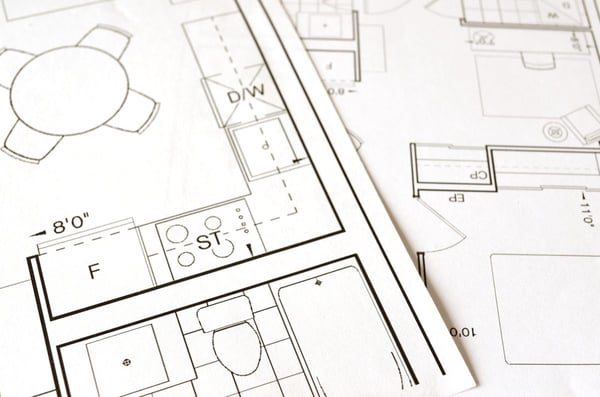Building Information Modeling (BIM) is changing the way buildings and developments are designed. A collaborative piece of technology, BIM allows architects, engineers, designers and builders to work together to create sustainable buildings. As the fourth article in this series on utilizing technology to improve efficiency, BIM is a prime piece of technology which many builders and developers are turning to for a variety of reasons.
According to HMC Architects, “Building Information Modeling (BIM) is a process that improves how architects and engineers design and construct buildings. With BIM authoring tools, architects can create a digital 3D model of the building, allowing them to see a representation of what it will look like and how it will operate. The 3D representation can include several pieces of information, data, that can be leveraged outside of the authoring tool, we refer to it as the “I” in BIM.”
Being able to see how a building will function before the process even starts is huge. There is no more estimating materials and supplies needed based on a drawing or 2D rendering. No more guessing how make ventilation systems and plumbing systems work efficiently in the space. The data BIM develops can be leveraged in space planning, energy analysis, computational design, virtual conflict detection and resolution, light and daylight analysis and to calculate the cost and number of required building materials.
And it does even more. It’s a shared knowledge resource where ideas can be stored, and when used with the cloud, can incorporate immediate information exchange for full transparency to all parties. Everyone involved in a project has access to the same information and can make decisions accordingly. This allows teams to design high-performance buildings that are efficient, which lines up with today’s mentality of green building.
Going along with the green mentality, before BIM, architects and subcontractors would estimate materials and costs needed to complete a project. If someone made a change to the plans, all of those calculations would have to be re-done, and all work was done in silos. With BIM, when a change is made, the calculation of cost and materials is adjusted for you automatically.
Before BIM, there had to be some level of acceptance for human error. One small miscalculation could lead to serious problems causing delays and added costs. BIM reduces those occurrences by making all of the necessary information available to all stakeholders, creating transparency and easing communication.
In addition, BIM software aids with faster project completion, better communication, more detailed visualization tools, accurate environmental impact analysis, easier building management, higher quality results, lower costs and instant information transfers. It adds ease to the green building process and creates a place where all parties involved can go to access the information they need.
Building information modeling is making waves in the construction industry. More and more architects, developers and builders are adopting the technology to improve project efficiency, as well as make their buildings more sustainable and long-lasting. If your company hasn’t adopted this technology yet, it’s time to do some research and discover just how much it can help you!

Recent Posts
- Spec Construction Loans: A Spec Line of Credit Is Worth the Paperwork
- Spec Homes and Pre-Sale Homes: The Relative Benefits for a Spec Builder
- How a Lender Sees Spec Construction Success: Insights for the Investor Builder
- How Is a Spec House Different From Other Kinds of House Construction?
- How a Private Lender Compares to a Bank Lender for a Spec House Construction Loan
